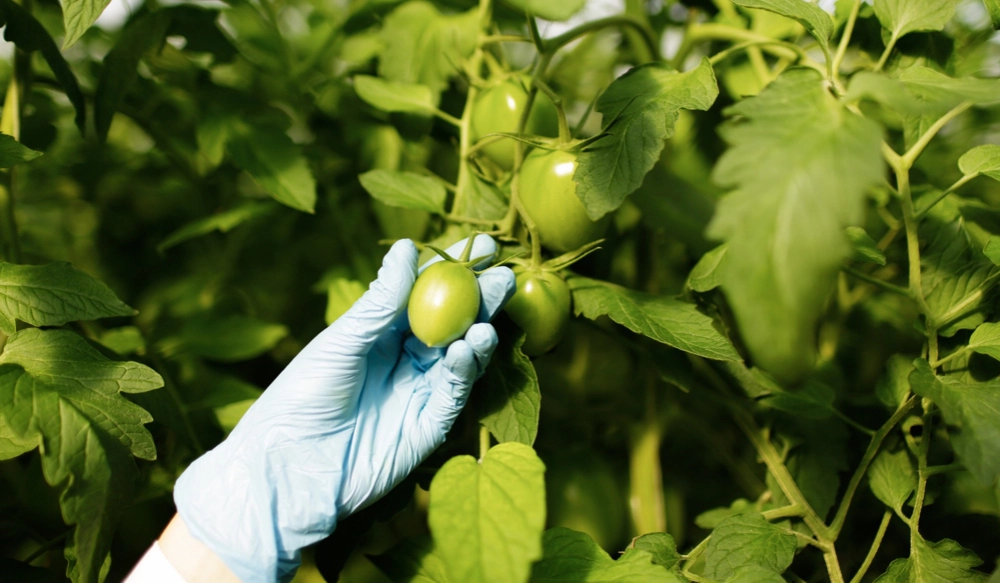The agri-food sector is a critical focal point in the global effort to reduce greenhouse gas (GHG) emissions. Accounting for one-third of human-made emissions, this sector also sustains the livelihoods of millions worldwide, including small-scale farmers and communities in low- and middle-income countries. Effectively reducing emissions requires minimizing compliance costs for farmers and businesses, and avoiding trade barriers. A key challenge is achieving reliable and widespread measurement of carbon footprints throughout agri-food supply chains. This ambitious goal necessitates strong collaboration among researchers, farmers, supply chain participants, governments, and civil society, both domestically and internationally.
Key Elements for Carbon Footprint Measurement in Agri-Food Systems
This report identifies eight essential building blocks to achieve reliable and widespread product carbon footprint information in agri-food supply chains:
- Reporting standards and guidelines: These are crucial for establishing a shared understanding of what to include in carbon footprint calculations.
- Science-based methods: Utilizing accurate methods for measuring or estimating emissions is fundamental.
- Farm-level calculation tools: These enable farmers to use primary data on their activities and practices to calculate their carbon footprint.
- Databases with secondary data: These are necessary for situations where primary data is not yet available.
- Methods for data communication: Mechanisms to effectively communicate carbon footprint data along the supply chain are vital, ensuring that calculations at one stage can be used as input at the next.
- Quality assurance: Processes to ensure the integrity and quality of data and calculations are essential.
- Scalability: Strategies to scale up carbon footprint calculations while maintaining low costs are needed to encourage widespread adoption, especially by actors with limited capacity such as farmers, small and medium-sized enterprises (SMEs), and producers in developing countries.
- Regular updates: A system to update these elements as new scientific insights and techniques emerge is necessary for continuous improvement.
Agricultural Production and Land Use
Agricultural production and land-use change are major sources of GHG emissions within food systems. Globally, these stages account for most GHG emissions. Even in high-income countries, where other supply chain stages are significant, agricultural production remains a substantial source of GHG emissions, such as in Europe (41%) and North America (38%). This highlights that the carbon footprint of a food product in a store or restaurant is greatly influenced by upstream emissions in the supply chain, emphasizing the importance of a life-cycle perspective. It also indicates that methodologies for calculating carbon footprints must account for emissions from land-use change, particularly for commodities with significant land-use change impacts. In 2019, global food systems GHG emissions by supply chain stage included emissions from land use change (4.5 Gt CO2eq), agricultural inputs (0.4 Gt CO2eq), agricultural production (6.7 Gt CO2eq), post-farm supply chain (2.3 Gt CO2eq), and post-retail (2.6 Gt CO2eq).
Carbon Footprint Variations in Food Products
The carbon footprints of food products vary significantly. On average, animal-based foods have a higher carbon footprint than plant-based foods. Within animal-based foods, ruminant products like beef, lamb, and cheese have the highest carbon footprints. A study synthesizing data from 570 studies, nearly 40,000 farms, and 119 countries revealed large differences in carbon footprints among 40 different food products. There is also substantial heterogeneity in carbon footprints among producers of the same product. This variation is evident even within major growing regions for crops like wheat, maize, and rice, and can be attributed to differences in farm management practices, local climate and soil conditions, and the interaction between these factors.
Progress and Challenges in Implementing Carbon Footprint Measurement
Many necessary elements for measuring carbon footprints in agri-food supply chains are already in place. This includes the emergence of digital solutions for data communication and elements historically developed for different purposes, such as IPCC guidance and farm-level calculation tools. However, these elements often developed independently, necessitating adjustments for better synergy. Achieving reliable and widespread measurement of carbon footprints in food systems is a complex undertaking. Addressing this challenge requires improving existing building blocks and fostering greater alignment through collaboration among researchers, farmers, supply chain actors, governments, and civil society at both domestic and international levels.
Initiatives and Future Directions
Several initiatives are underway to enhance the use of primary data, improve reliability, and facilitate digital exchange in supply chains, including cross-sectoral efforts and sectoral initiatives in industries like automotive and chemicals. There is growing demand from consumers, civil society, investors, and governments for environmental impact reporting, including carbon footprints. The OECD Guidelines for Multinational Enterprises on Responsible Business Conduct also emphasize the need for enterprises to provide accurate information on their environmental impacts, such as GHG emissions. Furthermore, the Corporate Sustainability Reporting Directive (CSRD) in the EU and the International Sustainability Standards Board (ISSB) standards are driving increased Scope 3 emissions reporting, which indirectly affects agricultural producers by increasing the demand for detailed carbon footprint information from farmers.
Achieving widespread, reliable carbon footprint information in food systems requires a collaborative effort to enhance and align the eight building blocks. This will enable the development of a data infrastructure that supports effective mitigation strategies and contributes to a more sustainable agri-food sector.



